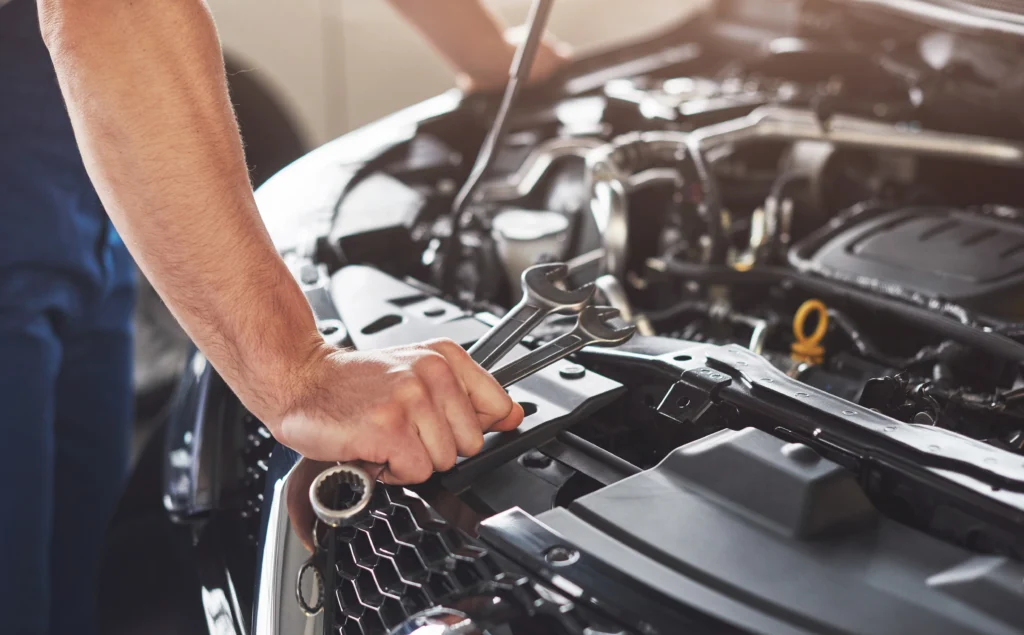Your car’s belts and hoses are crucial components for the proper functioning of the engine and other systems. Over time, these parts can wear out, crack, or even break, which can lead to costly repairs or even breakdowns. Replacing belts and hoses is a relatively simple task that can be done by car enthusiasts with some basic knowledge of auto maintenance. In this blog post, we’ll walk you through the importance of belts and hoses and guide you on how to replace them effectively.
Belts and hoses may seem like small parts, but they play vital roles in your car’s operation:
Hoses: Hoses are responsible for transporting fluids, such as coolant, oil, and brake fluid, throughout your car. A cracked or broken hose can result in leaks or loss of essential fluids, leading to engine failure.
Belts: These components transfer power from the engine to other parts, like the alternator, air conditioning compressor, water pump, and power steering pump. Without functioning belts, your vehicle could overheat, lose power steering, or fail to charge the battery.
Replacing these components before they fail can save you from expensive and inconvenient breakdowns.


It’s essential to replace belts and hoses at regular intervals, typically every 30,000 to 60,000 miles, or sooner if you notice any signs of wear, such as cracks, fraying, or squealing sounds. Also, if you’re experiencing issues with your car’s cooling system or power steering, it’s a good idea to inspect these parts.
Replacing belts and hoses is a relatively simple maintenance task that can extend the life of your car and save you from unexpected breakdowns. Whether you’re a DIY enthusiast or just want to learn more about your car’s maintenance needs, knowing how to replace these components is an invaluable skill. If you’re unsure or uncomfortable performing this task yourself, don’t hesitate to seek professional help.
Regular car maintenance is crucial for ensuring the longevity, safety, and performance of your vehicle. While many drivers wait for a breakdown to take action, routine maintenance can prevent costly repairs and extend the life of your car. Whether you’re a new car owner or an experienced driver, this guide provides essential tips that will help you maintain your vehicle and keep it running smoothly for years to come.

Oil is the lifeblood of your car’s engine, so it’s essential to monitor its level and condition. Low or dirty oil can lead to engine damage, reduced performance, and poor fuel efficiency.
Check your oil every 3,000 to 5,000 miles or follow your car’s manufacturer recommendations. If the oil appears dark and thick, it’s time for an oil change.
Don't have an account? Sign Up
